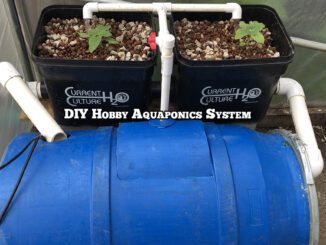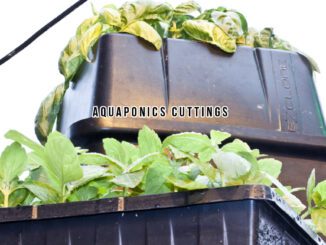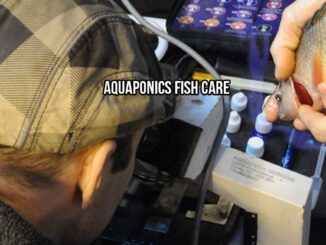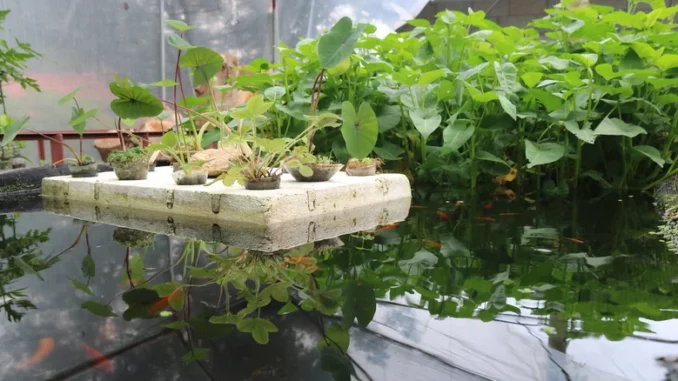
Aquaponic Gardening | BY JENNY LYNCH |
What’s better than growing a crop of vegetables from a water-based hydroponic gardening system? Raising fish to do the grunt work for you. That’s right, aquaponics is all about setting up a gardening system in which fish live their normal lives — eating, pooping, and swimming — in a tank or man-made pond, and then all that fish poop acts as fertilizer for plants whose roots lie beneath the surface of the water. For a more technical definition, let’s go to the Natural Agricultural Library. Per the U.S. Department of Agriculture, “Aquaponics is a combination of fish and plant production [aquaculture] and hydroponics (growing plants without soil).”
What Is Aquaponic Gardening And How Do You Get Started?
What’s better than growing a crop of vegetables from a water-based hydroponic gardening system? Raising fish to do the grunt work for you. That’s right, aquaponics is all about setting up a gardening system in which fish live their normal lives — eating, pooping, and swimming — in a tank or man-made pond, and then all that fish poop acts as fertilizer for plants whose roots lie beneath the surface of the water. For a more technical definition, let’s go to the Natural Agricultural Library. Per the U.S. Department of Agriculture, “Aquaponics is a combination of fish and plant production [aquaculture] and hydroponics (growing plants without soil).”
There is a symbiotic relationship at work within the system, explains Permaculture Research Institute. The fish feed the plants, allowing them to grow robust and plentiful. The plants then clean the water to keep the fish healthy. Beneficial bacteria, or microbes, represent the third leg of a symbiotic triangle. They help feed the plants by doing the conversion work of breaking down the fish waste (ammonia) into absorbable substances (nitrates) for the plants (via Eartheasy). Keep reading to learn all about this gardening system.
How is aquaponic gardening different than hydroponic gardening?
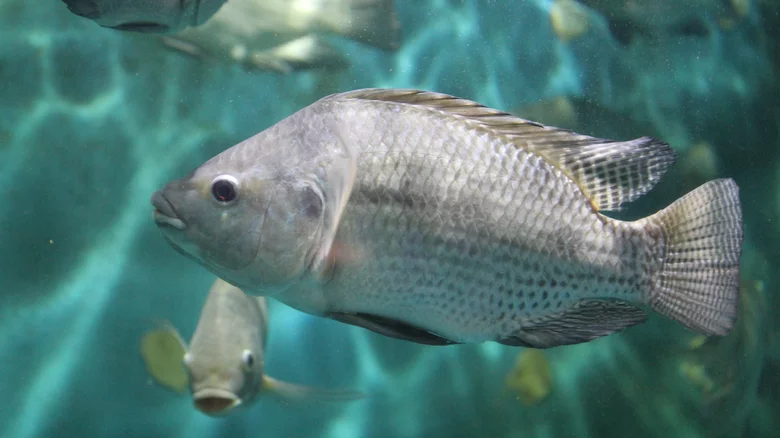
At first glance, the two systems can look very similar, but it’s safe to say there’s something fishy going on below the surface of the water. When it comes down to it, the primary difference between hydroponic and aquaponic gardening is in the fish. Hydroponics relies upon human intervention to create nutrient and fertilizer-enriched water to grow plants, while aquaponics employs fish for the job of fertilization (via excrement), and trusts that nature will balance out the nutrition on its own, explains Trees.com.
2000 B.C., anthropological research suggests that many cultures were relying on the combination of aquaculture and hydroponics for sustenance, including those from China, Egypt, Japan, Peru, Greece, and, of course, the Aztecs
University of Washington
There are easy ways to DIY a hydroponic garden, but an aquaponic setup gets a little more complicated; you’re no longer simply growing vegetables, after all, now you’re also raising fish. Oh, the responsibility! Whether you’re a pescatarian with plans to eat the fish you raise, or a vegetarian dead set on promising them their best life until nature decides their time is up, it’s important to weigh the added liability and obligation of this type of fish-based gardening.
One more difference, according to Fish & Water Watch, is that aquaponic systems are more water efficient than hydroponic systems. This is primarily because the water can be used for longer periods of time. In a hydroponic setup, all of the water needs to be flushed out and replaced every three months, whereas with an aquaponic setup, this only needs to happen once per year.
History of Aquaponics
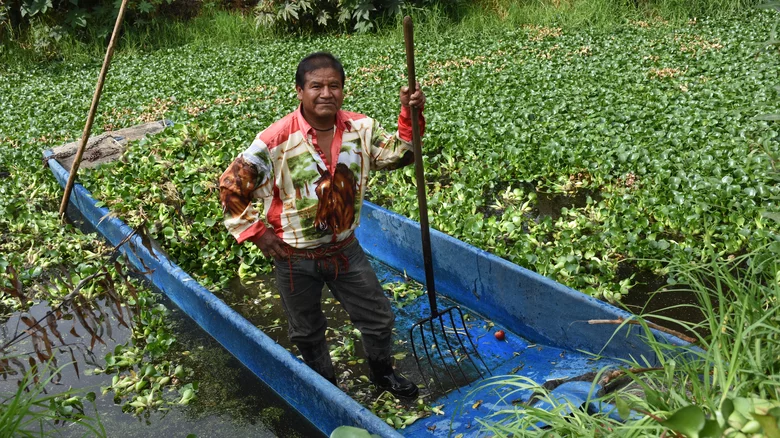
Historically speaking, the practice of aquaponics appeared on record in China in 500 B.C. when a politician named Fan Lee wrote about it in a detailed study titled, “The Chinese Fish Culture Classic” (via Food and Agriculture Organization of the United Nations). Even farther back, around 2000 B.C., anthropological research suggests that many cultures were relying on the combination of aquaculture and hydroponics for sustenance, including those from China, Egypt, Japan, Peru, Greece, and, of course, the Aztecs, notes University of Washington.
By the 12th century A.D., farmers in China were homing in on best practices regarding disease control, the structure of their ponds, and the ideal amount of fish per system. At the same, across the world in Mexico, the Aztecs were experimenting with man-made islands called chinampas. Farmers would fence off an area inside a shallow lake bed and build an artificial island — which basically became a floating raft — by layering the area with mud, sediment, and decaying plant matter. The top of a chinampa was typically about a meter above the surface of the lake. Corn, beans, squash, chili peppers, tomatoes, and more would grow on each island with roots stretching down into the water. The natural ecosystem of the lake took care of fertilization needs and the resulting food was used to feed the people of Tenochtitlán. Throughout the 1400s, aquaponic farming made its way to Indonesia, Malaysia, Thailand, and beyond.
Is aquaponic gardening right for you?
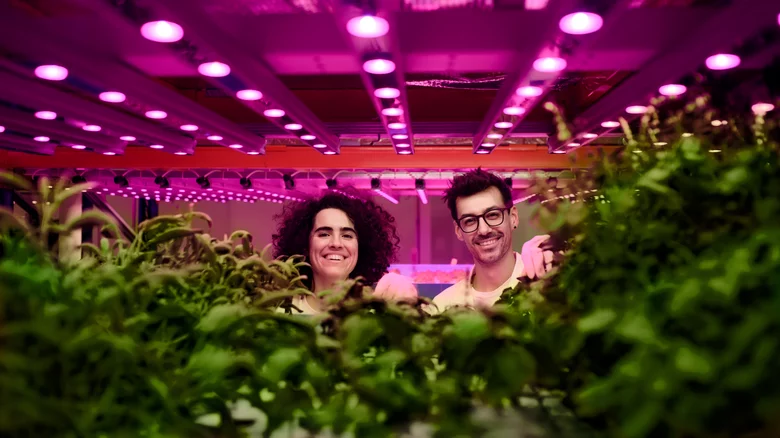
If you live in area with particularly nutrient-deficient, poor quality soil, or if you simply don’t have access to yard space at all, the ancient system of aquaponic farming could be a great option for you. But just because a process has been in existence for thousands of years doesn’t mean it’s going to fit neatly into your modern day lifestyle. To begin with, Environment.co points to a significant increase in energy costs to run the filtration system. This may not be an issue if you have access to a renewable form of energy like solar panels, but for those who rely entirely on the electric company for power, those costs could run up fast.

